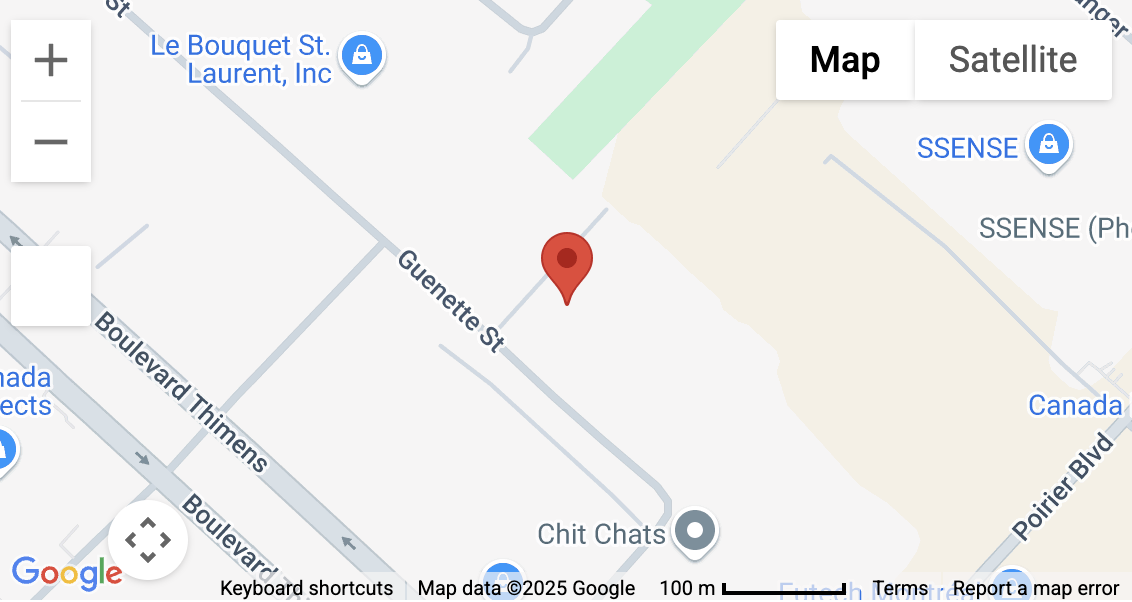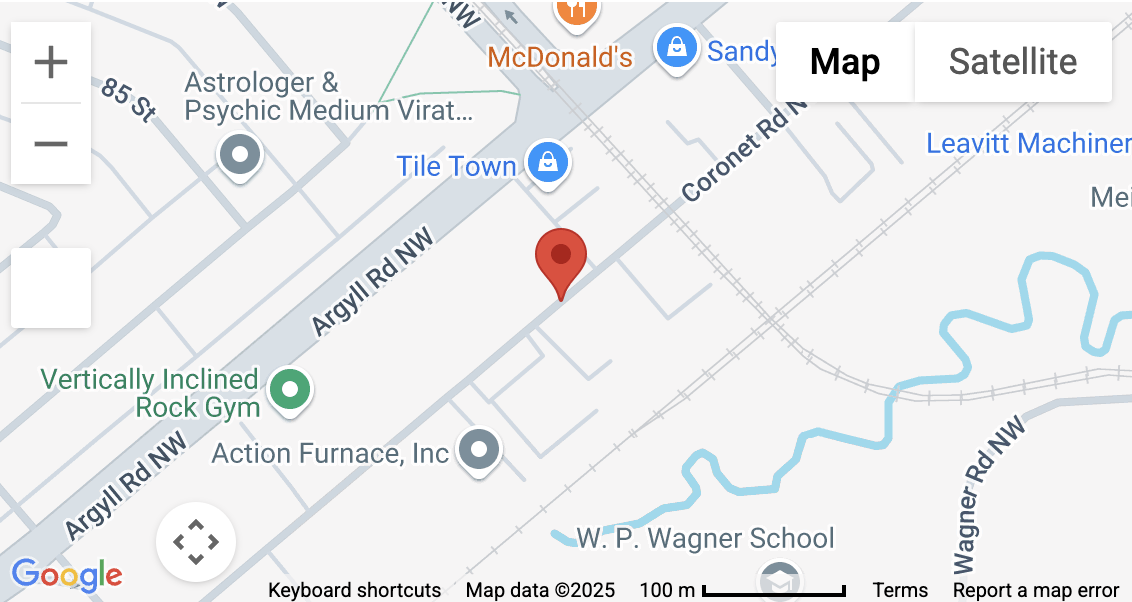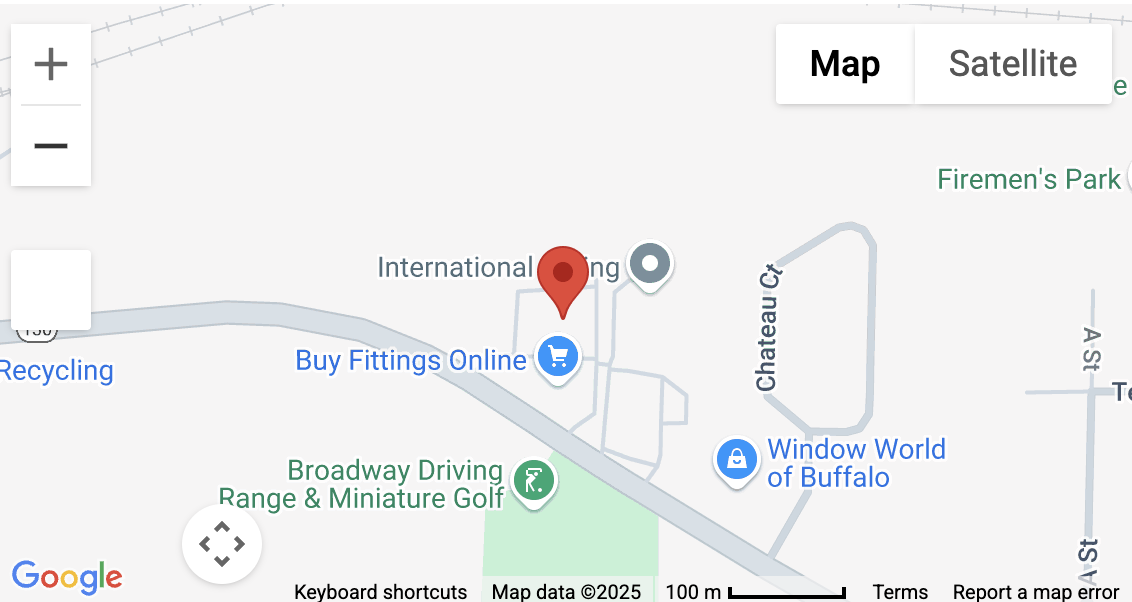What is solar climatic testing?
Solar climatic testing is the process of simulating realistic out-door environmental conditions in a natural or accelerated rate within an enclosed chamber. To simulate these conditions, a metal halide bulb is used to produce irradiance levels that correspond with those of the sun.
This lamp can produce wavelengths covering notably in the 290nm – 1100nm range. What is desired is usually the ultraviolet bandwidth of290 – 400nm which simulates the sun’s destructive effect.
Temperature and humidity combined with light forms a photochemical reaction which degrades the exposed surface of the material. Typically, a solar climatic chamber can house entire assemblies, but material coupons can also be substituted.
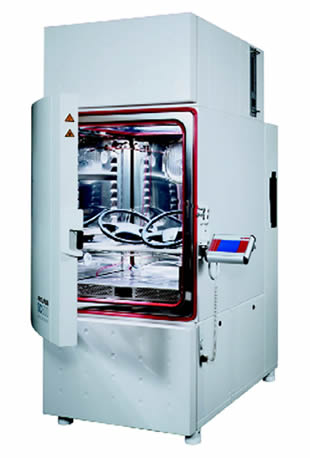
What is Xenon weathering test?
Xenon weathering is the process of subjecting panels to achieve material ageing. Through the application of temperature cycling and rain/ water spraying, coupled with intense irradiance exposure, Device under test (DUT) can experience a natural or accelerated rate of molecular decomposition.
Xenon lamps can produce wavelengths across the electromagnetic spectrum range of 280 – 3000nm from ultraviolet to infrared, which can then be filtered to apply a specific bandwidth of irradiance on the samples. Light combined with temperature and condensed humidity creates a catalyst which assists in the photochemical reaction of the material.
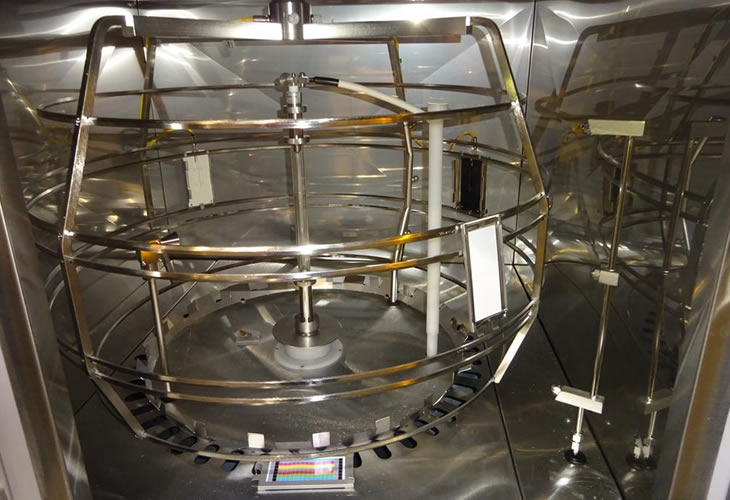
Difference between solar climatic & xenon test?
The main difference between solar climatic and xenon weathering test lies in the spectral energy distribution. Since the lamps used in solar climatic and xenon weather produces different wavelengths of light, the spectral energy absorbed by the sample is fundamentally distinct.
The result strives to be the same; achieving results which demonstrate material degradation through light and climatic exposure. However, both tests achieve this result using different climate conditions.
Solar climatic tests rely on temperature cycling and humidity while xenon weathering conduct tests using temperature cycling and the introduction of rain/ water spraying. In an international context, Europe typically uses solar climatic testing as their standard procedure while in North America, xenon weathering is usually considered.
Standards in solar climatic testing?
Over in Europe, DIN 75 220 is one standard used in ageing automotive components in solar simulation units. The standard cover temperature ranges for day and night, light cycles, relative humidity and spectral radiation range of filtered/unfiltered light.
Another standard, used widely in the western hemisphere is MIL-STD-810 by the US Department of National Defense, chosen particularly for its robustness.
Method 505.5 Procedure I require a cyclic day and night cycle, which is useful in determining the heating effects on material. Procedure II mentions a steady application of sunshine to study the effect of accelerated solar degradation.
Another common standard for solar climatic testing is ASTM G154-12a which covers the standard practice of UV exposure of nonmetallic materials. Nonmetallic materials such as polymers require a specific bandwidth in the ultraviolet range to achieve material destruction.
This standard outline the procedures of operating a UV lamp
apparatus as well as common exposure conditions.
How does Paragon Systems Testing Labs perform solar climatic tests?
Our Testing lab has the capability to perform both solar climatic and xenon weathering tests as per accredited and non-accredited standards. Both full assemblies and material test panels can be tested on calibrated machines which operate automatically to achieve the desired solar effect.
Calibrated measuring devices are used to measure irradiance, temperature and humidity and are controlled stringently to maintain test integrity.

